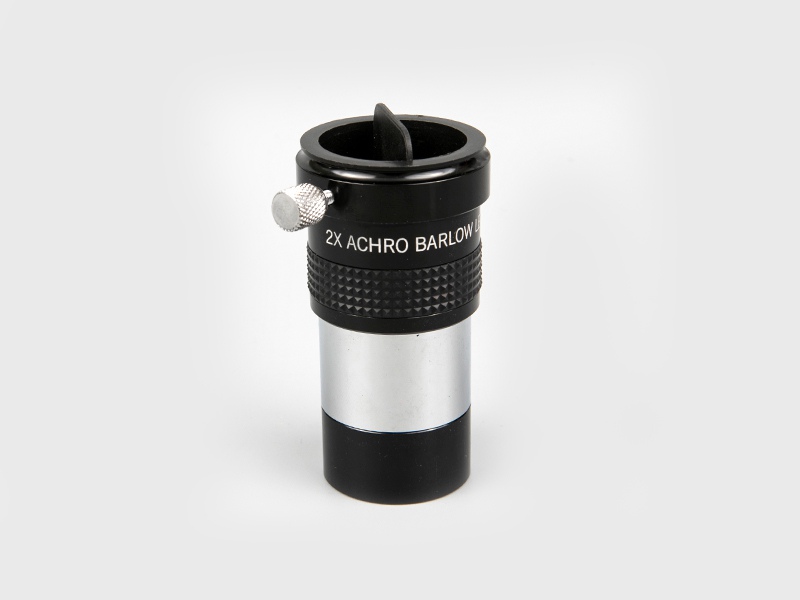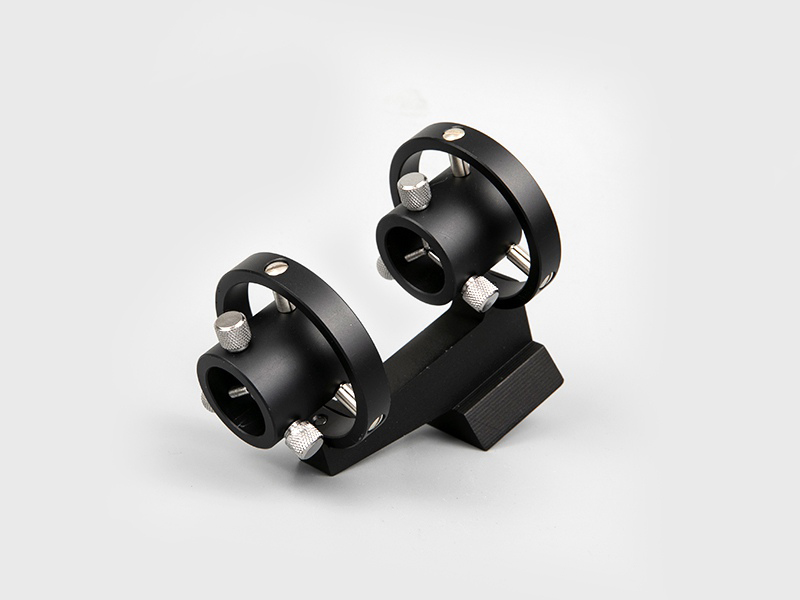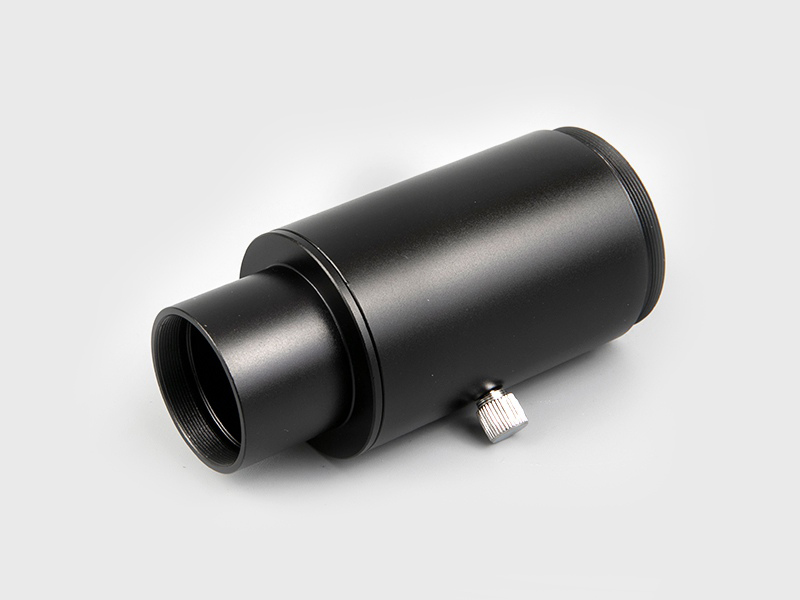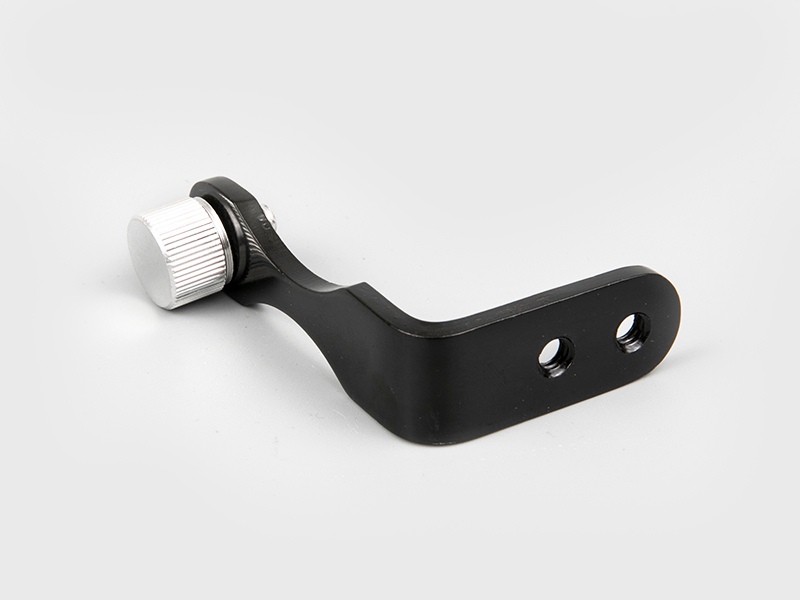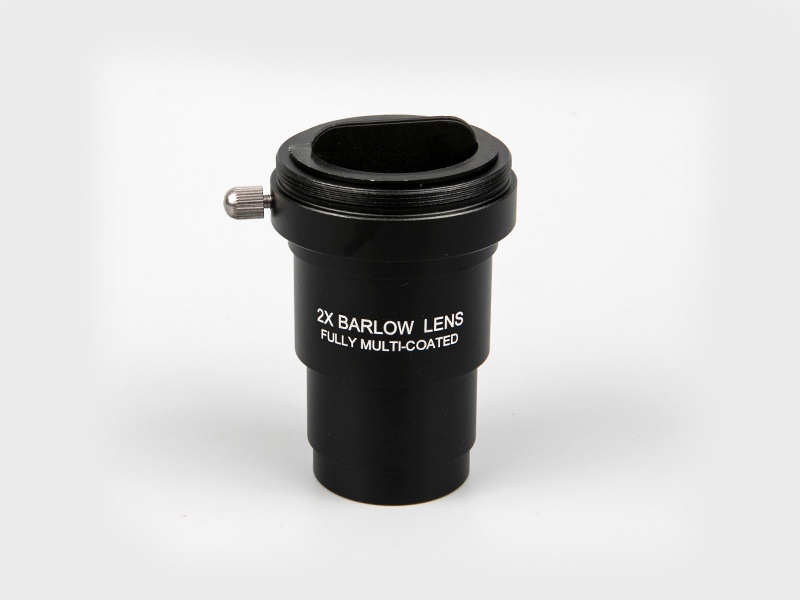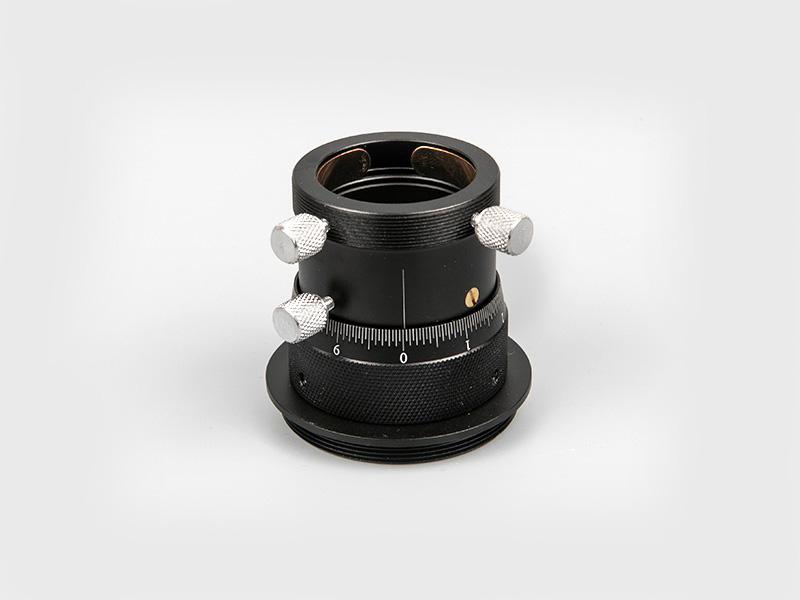We often hear friends who come to buy telescopes ask: "How far can your telescope see?", "How much can your telescope magnify?", "How big can your telescope magnify the stars in the sky?"... Issues such as these reflect the public's lack of knowledge about telescopes and astronomy.
The so-called "how far to see" and "how far to zoom" are neither scientific nor meaningful, and the quality of the telescope is by no means evaluated in this way.
In fact, "how far to look" depends entirely on the brightness of the observed target. As long as the target is bright enough, you can see infinity without a telescope. For example, about 6000 stars that we can see with the naked eye can actually be considered At infinity; and “how much to enlarge” is a question that is only raised due to the lack of basic astronomy knowledge. This is because more than 99.9% of the “stars in the sky” we see are stars, and the stars are so far away from us, so Even if you use the largest telescope on the earth to observe, they are still just geometric bright spots (the smaller the bright spot, the higher the optical imaging quality of the telescope; conversely, if you see the star in the telescope with a field of view or even a color, then It can be concluded that its optical system has serious defects), and only those celestial bodies in the solar system (such as the sun, planets, satellites, comets, etc.) or celestial bodies outside the solar system (such as nebulae, galaxies, star clusters, etc.) can be magnified with the help of telescopes.
So is "magnification" the first performance index to consider when buying a telescope? Absolutely not! Not only is it not ranked first, but if the selection is too large, it will cause serious deterioration of the image quality.
Magnification (should be between 8 times and 10 times)
The telescopes are marked with words such as 10 x 42, 8 x 30, the former represents the magnification, and the latter represents the diameter of the objective lens. Using a 10x telescope to see a bird standing at 100 meters is as close as looking at 10 meters with the naked eye. Because the magnification is too large, the viewing angle is smaller, it is more difficult to search for the target, and it is easier to affect the clarity due to shaking hands. When the light is very sufficient, 10 times is clearer than 8 times; when the light is insufficient, 8 times can see the details better than 10 times, so high magnification should not be blindly pursued.
Caliber (should be between 30mm and 42mm)
The larger the aperture, the better, and the diameter of the objective lens affects the amount of light entering. Especially in the case of strong contrast between light and dark, morning and dusk, and cloudy, the larger the aperture, the higher the amount of light, the more details the eyes can see; but at the same time, the heavier the telescope, long-term observation is more likely to cause fatigue. It is advisable to choose a larger caliber according to personal physical fitness.
Field of view (the bigger the better)
The field of view refers to the range that can be seen from 1000 meters, and the width of the field of view should be higher than 104 meters or 6 degrees. The larger the field of view, the faster and easier it is to search for the target. However, the larger the field of view, the more severe the distortion and blurring of the edges, the more complicated and difficult the correction of aberrations, and the higher the technology and cost required.
Color fidelity (the more natural the better)
High-quality telescopes must faithfully reflect the original colors and color saturation of the scene. In order to increase the brightness of the telescope, some manufacturers deliberately increase or decrease a certain section of light waves, causing distortion and making the scene blue or red.
The relationship between light transmittance and coating is inseparable, and directly affects the color fidelity. All optical glass has high light transmittance and multi-layer coating on the whole surface, with relatively high brightness and accurate color reproduction. Generally, manufacturers will not publish all the data (it is difficult to do), and some manufacturers will publish the light transmittance or coating of some optical glass to mislead consumers.
Use performance
Depth of field
For bird watchers, the depth of field is a contradictory parameter. If the depth of field is large, there is no need to adjust the focus frequently, which is more convenient to use. However, for the observation of forest birds, the foreground and background are not easy to blur, and it is not easy for birds. prominent. The depth of field is small. Although the foreground and background are blurred when observing the forest birds, and the bird theme is prominent, the focus must be adjusted again when the distance changes, and the fingers must always be placed on the focusing wheel, which is more tiring. This depends on personal preference, there is no fixed standard.
Tightness
Telescopes are often carried out outdoors, and the observation environment is changeable. It is best to choose a telescope that is water-proof (water pressure and waterproof), so that the inside of the mirror can be kept sealed and stable without fog and mildew.
Comfort
The comfort varies from person to person. Generally speaking, for a telescope with a rubberized surface, not only is it shockproof, it is also more comfortable to hold; the weight of the lens body determines whether it is convenient to use and carry for a long time; usually, people will choose a telescope with high durability.
Brand selection
In addition to the optical quality, manufacturing process and performance of the best telescopes, it is more about the feelings of the eyes and the soul. German Zeiss telescope, Leica telescope and Austrian SWAROVSKI telescope are called the king of mirrors. The optical quality and price of the three are almost the same. The price is also the king of mirrors, but based on excellent top products, they are worth the money.

 English
English 日本語
日本語 Deutsche
Deutsche España
España

